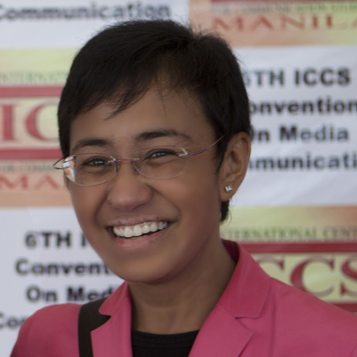SUMMARY
This is AI generated summarization, which may have errors. For context, always refer to the full article.
 It felt like I was driving into the heart of darkness: a sheet of rain was pounding the windshield, and it seemed like I was entering Mordor in the Lord of the Rings. It had been raining on and off for nearly two weeks, but Monday night, the heavens poured. According to the head of the disaster response agency, 50% of Manila was flooded Monday evening and 30% was under waist or neck-deep water by Tuesday afternoon.
It felt like I was driving into the heart of darkness: a sheet of rain was pounding the windshield, and it seemed like I was entering Mordor in the Lord of the Rings. It had been raining on and off for nearly two weeks, but Monday night, the heavens poured. According to the head of the disaster response agency, 50% of Manila was flooded Monday evening and 30% was under waist or neck-deep water by Tuesday afternoon.
When I got to the office, it was buzzing. Ayee Macaraig walked half an hour in the rain and arrived soaking wet. Patricia Evangelista and her young shooters were drenched when they arrived from a horrifying mudslide that killed 8 people. Paterno Esmaquel was in and out of the rain in San Mateo, Rizal.
It’s part of our psyche as journalists. You go the extra mile when the going gets tough. Crisis is your job. You head into war zones as civilians are fleeing. You walk into the storm while others are looking for sanctuary. It’s your job. Why? Because the stories you tell may save a life.
Technology is changing that old landscape – allowing ordinary people from all walks of life to share the mission and emotions that power journalists during times of crisis. Civic society is embracing it, throwing their souls into it, and that is changing everything.
From thousands of pictures tweeted by Filipinos showing the state of flooding from their homes to the mapping efforts harnessed by DOST’s Project Noah and nababaha.com, these individual actions come together to show “the wisdom of crowds.” It shows how each person’s small action, when harnessed together, can create a real-time assessment of the state of our nation in a time of crisis.
It’s far from perfect, of course. There are spoilers, as there always will be – people who tweeted pictures from 2009’s Ondoy flooding, misleading others. Still, a majority was moved by a sense of civic duty and empowerment: that their actions can – and will – make a difference. In many ways they did.
In the old world, you waited until a professional journalist returned from an assignment to see pictures of what’s happening. Today, it’s instantaneous. It’s like journalists embedding but better: the people reporting and sending pictures know their stories because they’re living it. And they’re not afraid to act.
There’s the early effort of digital advocate Ros Juan (@juanxi), blogger Tonyo Cruz (@tonyocruz), programmer JP Loh (@jploh), and other members of Tweetup Manila (@tweetupmnl). Using a Google spreadsheet, they collated calls for help, using #RescuePH on Twitter to keep track of their conversations and efforts.
There are numerous efforts by individuals, among them a Facebook page tweeted by a University of the Philippines faculty member, Data Canlas, and a website created by a University of the Philippines political science student Liane Candelario.
Government officials, including the Palace’s Abi Valte (@abi_valte) and Manolo Quezon III (@mlq3), used social media to connect citizen efforts with government agencies on the ground, helping turn online efforts to offline action.
Valenzuela City Mayor Sherwin Gatchalian (@stgatchalian) was in the middle of assessing and directing relief and rescue efforts. His real-time tweets were better than any journalist on the scene because of his decision-making powers to directly address problems.
Geologist Mahar Lagmay (@nababaha) is a whirlwind of information and nababaha.com is trying to crowd-source a real-time map of the floods. DOST’s Project NOAH gave us a comprehensive map of the flooding, including the height of the water in each area. Although there were times it was down, NOAH is a valuable resource.
This is something no government agency has been able to do in the past – and it would be too cost-prohibitive without the volunteers who donated their time.
Rappler relied on citizen journalists: we verified, organized and aggregated their efforts to create a real-time picture together.
Professional journalists have a new role in this world: we move up the production chain and add context, analysis and direction.
For the first time, journalists can go beyond telling the story. We can act by setting an agenda for crowd-sourced action – trying to anticipate what happens next. On Monday, Rappler did a soft-launch of our newest experiment: a crowd-sourced infectious diseases map.
It’s a brave new world full of infinite possibilities. The challenge is how to harness individual efforts to achieve scale and solve big problems. Will the government lead? Or journalists? Or citizens? How will we work together? How can these efforts lead to concrete action? These are the questions we all must answer so we avoid chaos and maximize our efforts.
It’s time to redefine both journalism and people power. Because Filipinos spend the most time on social media globally, this country is in a unique position. If this week is any indication, Filipinos are up to the challenge. – Rappler.com
Add a comment
How does this make you feel?
There are no comments yet. Add your comment to start the conversation.